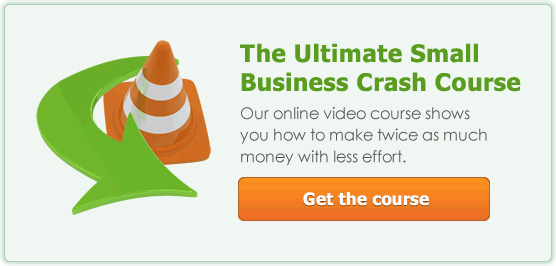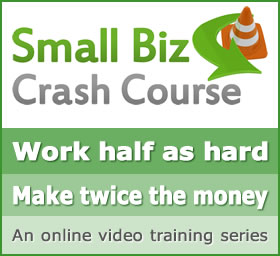One of the best Marketing Tips for Small Businesses came from Management guru Peter Drucker who said,
Marketing is NOT sales. Marketing aims the gun; sales pull the trigger. The first step is learning how to aim. That’s what marketing teaches you.
Remember those great World War II war movies when John Wayne is on the beach with his platoon ready to charge the enemy? He shouts, “Ready! Aim! Fire!” All hell breaks loose, but the good guys prevail.
Marketing Tips for Small Businesses is designed to teach you how and where to aim.
Without a completed marketing plan, many businesses fire first and aim later. That’s a quick way to waste a lot of money. Small as well as big businesses have gone bankrupt with that strategy. Don’t believe me? Think Dot.com bubble.
Repeat After Me, Put the Customer First!
Always remember, the best marketing tips for small businesses will fail unless you put yourself in your customers’ shoes. Learn the customer perspective.
Become a customer of your competition if you can. Follow what happens from the time you request information through the ordering and fulfillment and billing processes. Now call to ask a question after the fact. How did they do? Where were the weak points in the chain? Find them. They’re there. They always are. No company is perfect.
Next, answer the following questions fully:
About You
What can I be best in the world at?
Where are my gifts and experience naturally advantaged?
What makes me special, different, more compelling than my competition?
About Your Products or Services
What should be the depth and breadth of product or services I should offer my audience?
How do I describe my value proposition to my target audience?
How should I price those products or services so I offer good value while protecting profits?
About Your Competition
Who is my competition? How do I define them both online and off line?
Where are they strong? Where are they weak?
About Your Customers
Who is most likely to be interested in my product or service?
Why should they buy from me instead of my competition?
How much would my potential customers be willing to pay for my offering?
How do I reach these high potential customers without going broke investing in advertising?
Answering these questions starts with finding your competitive edge. Determine the skills or experience you have that gives you an advantage over your competition. List these. Don’t know?
Then, what are you passionate about? If you’re passionate about something, you’ll do it well and find ways to convey that to your customers. Passion is infectious. When you’re passionate, you smile more easily. A smile is the most effective customer relationship builder there is.
If you want to enter a new field, but don’t have the credentials yet, get them. Work for someone else who has a business like the one you eventually want to own. Be willing to work for someone else for at least two years so you can learn on the job. Two years sounds like a long time but it isn’t. Think of it as paid training. Or better yet, think of it as an insurance policy against you going broke later when you open your own business.
Learn the Ropes
~Speak to everyone you can in that industry.
~Learn who the competitors are.
~Speak to the suppliers, accountants and lawyers that support the industry.
~Become a member of the industry’s trade association.
~Read the websites that speak to your industry.
~Find three journalists who write on your industry.
~Read their columns weekly.
~Find out what’s “broken” in the industry because there you’ll find opportunity to offer a better mousetrap.
Identify the top five competitors in the industry and learn everything you can about them. Keep asking yourself “how can this be done better, faster, more professionally?”
Figure out your unique selling proposition or your USP. This articulates how will you intend to stand out in a crowded marketplace; what makes your offering so compelling people will buy from you on value, not on price.
Next you have to build a value proposition. This means providing end benefits to customers for what you’re asking them to pay. Answer the question in the customer’s mind “what’s in it for me?”
Think about all the physical, emotional, and psychological benefits a customer will receive. List them for yourself so you can tap that message later in your promotional efforts.
In Your Corner
Dawn Fotopulos


